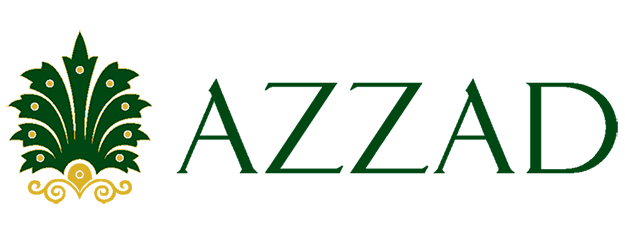In North Dakota, thousands of tribal leaders and activists are camped along the Cannonball River by the Standing Rock Sioux Reservation to resist the construction of the $3.8 billion Dakota Access pipeline (DAPL). Once complete, the pipeline is expected to carry 570,000 barrels of oil per day from the Bakken and Three Forks oil fields in North Dakota to Illinois.
Opponents, chief among them the Standing Rock Sioux Tribe, argue that the project threatens supplies of drinking water and has already destroyed sacred sites, including burial grounds. The tribe recently filed a lawsuit against the Army Corps of Engineers, which is responsible for the federal lands the pipeline will cross and which granted permits to Energy Transfer Partners, the Texas-based energy company sponsoring DAPL. Recently, after a federal judge denied the request to halt construction, the Obama administration overruled the decision. But the move is only temporary.
In addition to pursuing justice through legal means, a new potentially powerful strategy to combat construction was announced on September 3 during a rally at the encampment. Beginning that day, protest organizers launched a two-week call for action against the financial institutions bankrolling DAPL.
It was recently revealed that more than two dozen major banks and financial institutions are helping to finance the pipeline. An investigation by transparency watchdog LittleSis details how Bank of America, HSBC, UBS, Goldman Sachs, Wells Fargo, JPMorgan Chase, and others have extended a $3.75 billion line of credit to Energy Transfer Partners.
Energy companies rely heavily on banks to mobilize the capital necessary to finance projects. Because much of this financing is indirect – delivered through corporate loans and bonds – banks have mostly succeeded in keeping their role in projects like DAPL hidden from public scrutiny.
Prior to the investigation by LittleSis into Energy Transfer Partners’ funding sources, the companies bankrolling DAPL had largely gotten a free pass from the media and their investors.
In similar situations, financial activism has been shown to work, both through divestment from multinational banks and more commonly through engagement with management as part of shareholder advocacy efforts. Last year, for example, Bank of America announced that it would no longer finance mountaintop removal coal mining, joining a litany of Wall Street banks that had already pledged to stop financing such practices thanks to activist pressure.
The Standing Rock Sioux Tribe and their many allies have learned from that experience. Doubtless, it’s a large part of the reason for the campaign against banks announced at the rally in early September.
And the movement against Energy Transfer Partners’ financiers got off to a good start, with conference calls and webinars equipping the impact investing community with the information necessary to mobilize their constituencies. I attended one such call, organized by the Standing Rock Sioux Tribe and the Investor Indigenous Peoples Working Group. The call targeted several members of the Forum for Sustainable and Responsible Investment (US SIF), an organization to which my firm belongs. According to US SIF, more than $6.5 trillion in the United States is managed in socially responsible investment strategies, including those that consider the rights of indigenous peoples.
The dedication of the socially conscious investment industry leaders in this campaign should give heart to those sympathetic to the cause and give pause to those who look to press forward with DAPL without change.
Despite the uncertain legal status of DAPL, the writing on the wall is clear: big banks can no longer get away with their complicity in irresponsible projects that do harm to people and the planet.
Joshua Brockwell is Investment Communications Director at Azzad Asset Management, a socially responsible registered investment advisor located in Falls Church, Virginia. He can be reached at joshua@azzadfunds.com. As a matter of policy, Azzad excludes the banking industry from its mutual funds and separately managed accounts.



